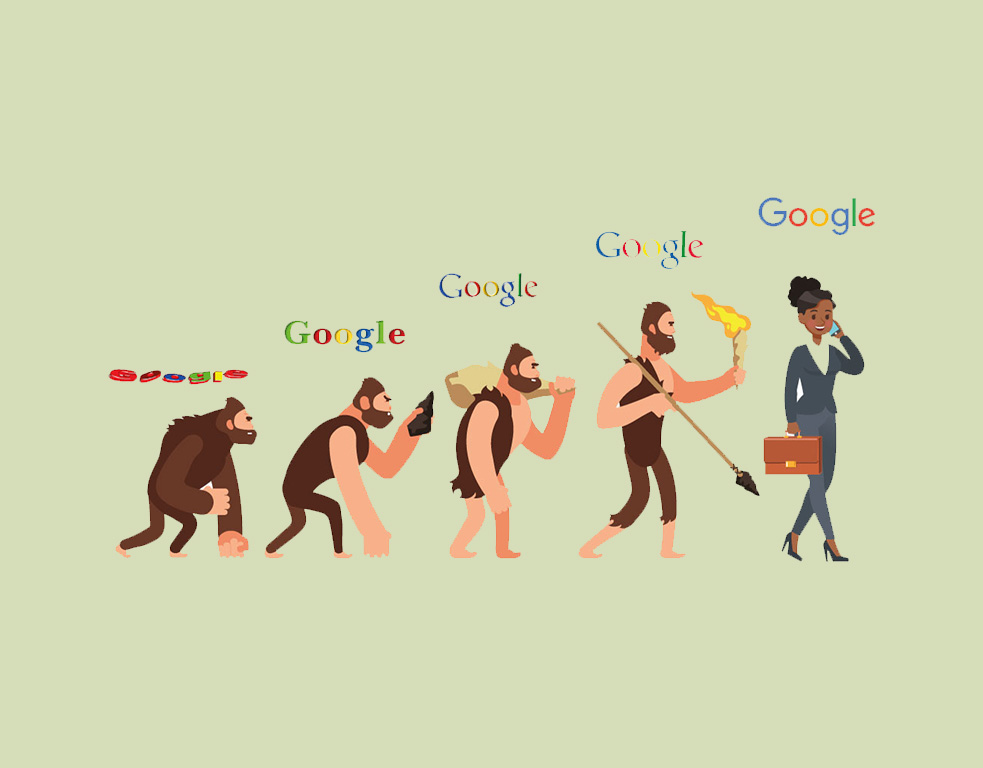Blog \ Technology \ A Deep Dive into Google's Hummingbird Algorithm

A Deep Dive into Google's Hummingbird Algorithm
Last update on 10/16/2023 22:33 0 599
Contents
Introduction
In the vast and ever-evolving landscape of search engines, Google reigns supreme. As the most widely used search engine in the world, Google continually seeks ways to provide its users with the most relevant and accurate search results. In the realm of search algorithms, one significant milestone marked a paradigm shift in how search queries are understood and processed: the introduction of the Google Hummingbird algorithm in September 2013.
Hummingbird was not just another algorithmic update; it was a complete transformation of how Google approached search. Instead of relying solely on keywords, Hummingbird focused on understanding user intent and context. It aimed to deliver search results that didn't just match keywords but comprehended what users were truly seeking. In this in-depth blog post, we will embark on a journey to explore the intricacies of the Google Hummingbird algorithm, dissect its inner workings, understand its profound impact on search, and unravel strategies for webmasters and digital marketers to adapt and thrive in the hummingbird-dominated digital landscape.
The Evolution of Google Search
In the early years of the internet, the concept of online search was a far cry from the sophisticated algorithms we know today. In this short blog, we'll take a nostalgic trip back to the early days of Google Search and explore the game-changing Panda and Penguin algorithms that transformed the digital landscape.
When Google was founded in 1998, it aimed to revolutionize online search. At that time, search engines primarily relied on keyword matching, which often led to inaccurate and irrelevant results. Google's founders, Larry Page and Sergey Brin, introduced a groundbreaking concept: PageRank. This algorithm ranked web pages based on the number and quality of links pointing to them, fundamentally changing the way we discovered information on the internet.

In those early years, Google's simplicity was its strength. Users entered queries, and Google returned a list of web pages that most closely matched those queries. It was fast, efficient, and quickly became the go-to search engine.
As Google continued to grow, the need for improving the quality of search results became evident. In 2011, Google unleashed the Panda algorithm. Its primary mission was to tackle low-quality, spammy, and duplicate content.
Panda introduced a new era of search quality. It evaluated websites based on content uniqueness, relevance, and overall quality. Websites with thin, duplicate, or poorly written content saw their rankings plummet. This algorithm shift forced webmasters and content creators to prioritize quality over quantity.
In 2012, Google rolled out another game-changer: the Penguin algorithm. While Panda focused on content, Penguin's mission was to combat webspam and manipulative link-building practices.
Penguin scrutinized backlink profiles and penalized websites engaged in link schemes, keyword stuffing, and other black-hat SEO tactics. It emphasized the importance of organic and natural link-building.
The Birth of Hummingbird
The Imperfections of Keyword-Based Search
Before the era of Hummingbird, Google's search algorithm primarily relied on keywords to match user queries with web pages. While this approach was undoubtedly revolutionary, it had its limitations. Keyword-based search struggled to comprehend the context and nuances of human language, often leading to irrelevant or incomplete search results. Google recognized the need for a fundamental shift in its approach to search.
The Arrival of Hummingbird
In September 2013, Google unveiled the Hummingbird algorithm, a monumental leap forward in the world of search engines. Unlike previous updates that were incremental, Hummingbird was a complete overhaul. Its primary objective was to make search more intuitive, adaptive, and in tune with the ever-evolving digital landscape.
Key Elements of Hummingbird
1. Semantic Search
Hummingbird introduced semantic search technology to decipher the meaning behind words in a query. It moved beyond the literal interpretation of keywords and began to understand synonyms, related terms, and user intent. This revolutionary shift made search results significantly more accurate and relevant.
2. Conversational Search
As voice search gained momentum, Hummingbird became proficient at understanding and responding to natural language queries. It could interpret questions, conversational phrases, and contextual cues, providing more human-like responses.
3. Knowledge Graph Integration
To bolster its understanding of entities and their relationships, Google tightly integrated its Knowledge Graph with Hummingbird. This massive database empowered Hummingbird to deliver information that was not just accurate but also contextually rich.

4. Mobile Optimization
Recognizing the growing dominance of mobile devices, Hummingbird adopted a mobile-first approach. It demanded that websites be responsive and mobile-friendly to rank well in search results, setting the stage for mobile optimization as a crucial aspect of digital strategy.
The Impact of Hummingbird on Search
1. Enhanced User Experience
One of the most significant outcomes of Hummingbird was a vastly enhanced search experience for users. Search results were not just relevant; they were closely aligned with the true intent behind user queries. This transformation made finding information quicker and more intuitive, fostering user loyalty.
2. The Era of Voice Search
As voice search became increasingly popular, Hummingbird's ability to understand natural language queries became indispensable. It laid the foundation for voice assistants like Google Assistant to provide conversational responses that felt more human and intuitive, further blurring the line between man and machine.
3. Quality Over Quantity
With the emphasis on semantic search, the quality of content became more critical than ever. Webmasters and digital marketers found themselves compelled to create high-quality, informative, and contextually relevant content that matched user intent. Thin, keyword-stuffed content no longer sufficed in the hummingbird-dominated landscape.
4. Mobile Dominance
Google's mobile-first approach with Hummingbird signaled the growing importance of mobile optimization. Websites that weren't mobile-friendly saw their rankings slip in search results, pushing webmasters to prioritize responsive design, lightning-fast loading times, and an exceptional mobile user experience.
Adapting to the Hummingbird Algorithm

The era of Hummingbird brought both challenges and opportunities for webmasters and digital marketers. To succeed in this new landscape, they needed to adapt their strategies:
1. User Intent-Centric Content
The foundation of success in the Hummingbird era is a profound understanding of user intent. When creating content or optimizing websites, it's crucial to consider the why behind user queries. Tools like Google's Keyword Planner help identify user intent and guide content creation.
2. The Rise of Semantic SEO
Semantic SEO became the new norm. It meant shifting from a keyword-centric approach to one that incorporated synonyms, natural language, and contextually relevant content. SEO professionals now had to think holistically about their content.
3. Mobile Optimization Is No Longer Optional
Given Google's mobile-first approach, mobile optimization is no longer an option; it's a necessity. Responsive design, lightning-fast loading times, and an exceptional mobile user experience are crucial for ranking well in search results.
4. Structured Data Markup
Structured data markup provided search engines with additional context about content. This helped enhance the visibility of content in search results, particularly for rich snippets and featured snippets.
5. Valuable Content Is King
The mantra shifted from "Content is king" to "Valuable content is king." High-quality, informative, and authoritative content became paramount. Webmasters needed to answer user questions, provide in-depth information, and establish themselves as trusted resources in their niches.
Looking Ahead
As we reflect on the transformative journey of Google's Hummingbird algorithm, one thing remains clear: the evolution of search continues. Google's commitment to understanding and serving user intent has only grown stronger over the years. The Hummingbird algorithm has paved the way for subsequent advancements in search, including BERT (Bidirectional Encoder Representations from Transformers) and MUM (Multitask Unified Model).
Looking ahead, webmasters and digital marketers must remain agile and adaptive. The fundamentals of user-centric content, semantic SEO, mobile optimization, structured data markup, and valuable content will continue to be essential components of successful digital strategies.
In conclusion, the Google Hummingbird algorithm represents a monumental leap in the evolution of search engines. Its focus on understanding user intent, natural language, and context has transformed the way search results are generated, providing users with more relevant and satisfying search experiences.

As we look ahead, one thing remains clear: the journey of search continues to evolve, and Google's commitment to delivering the most relevant and accurate search results remains unwavering. The hummingbird may have flown onto the scene in 2013, but its influence continues to shape the future of search.












